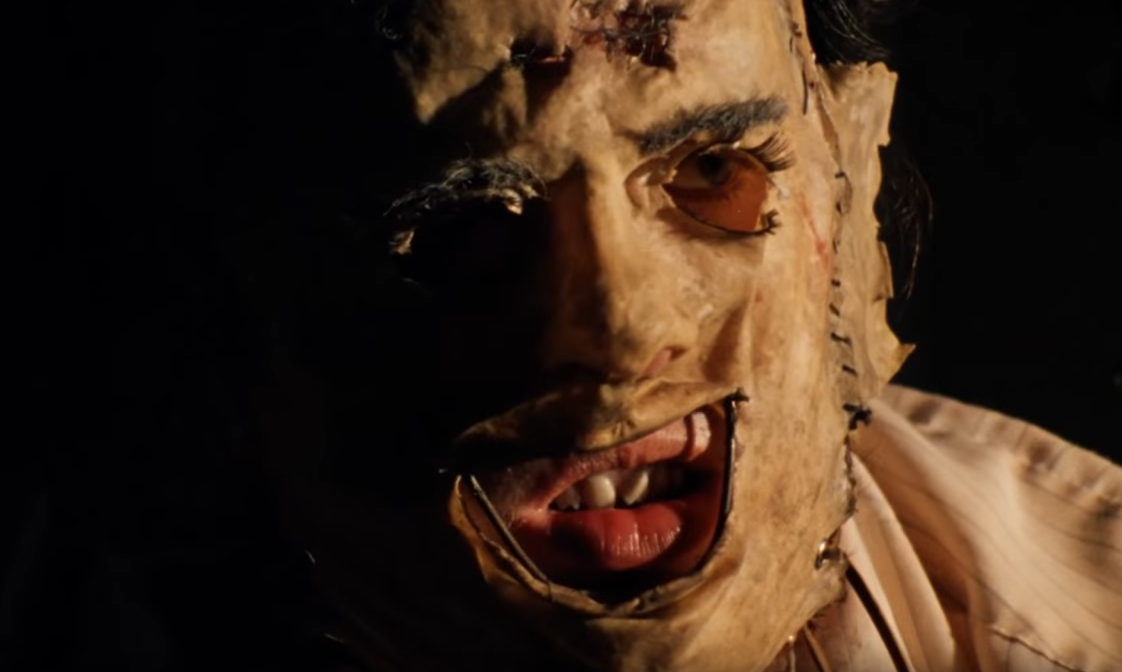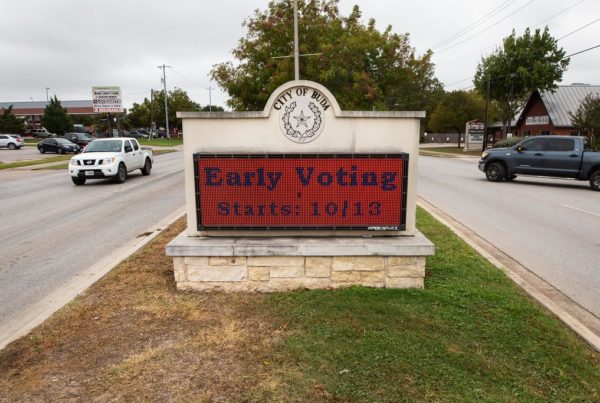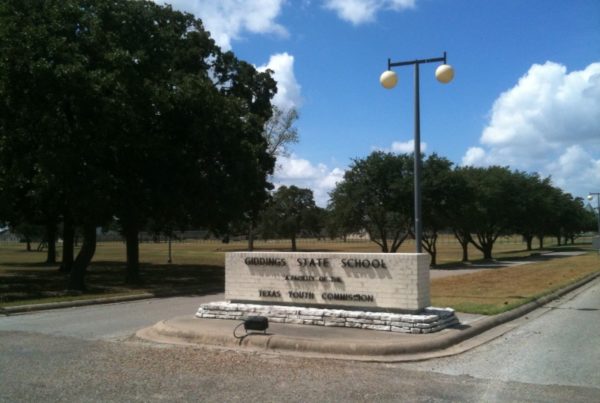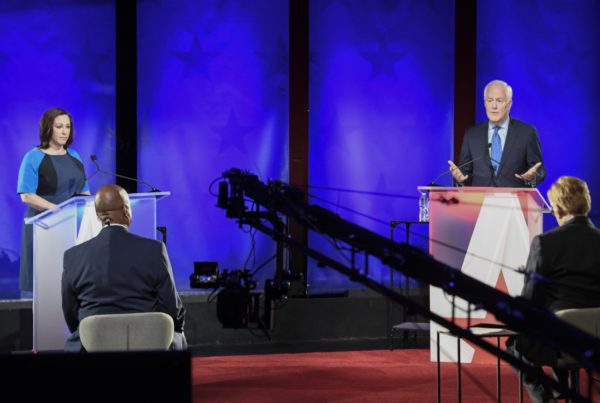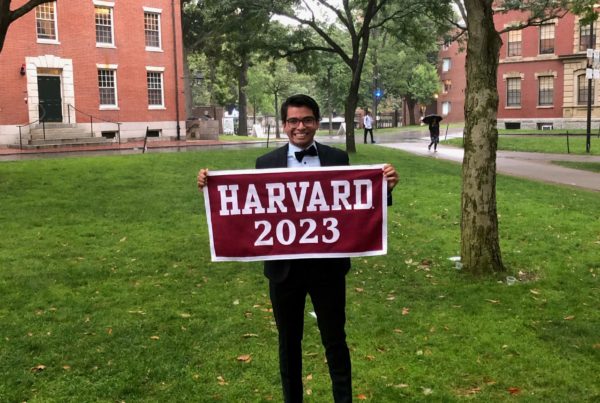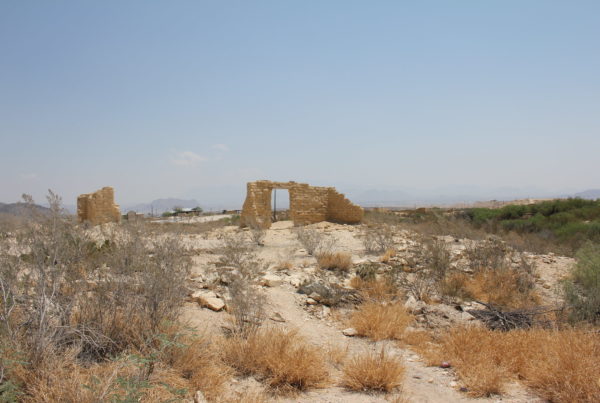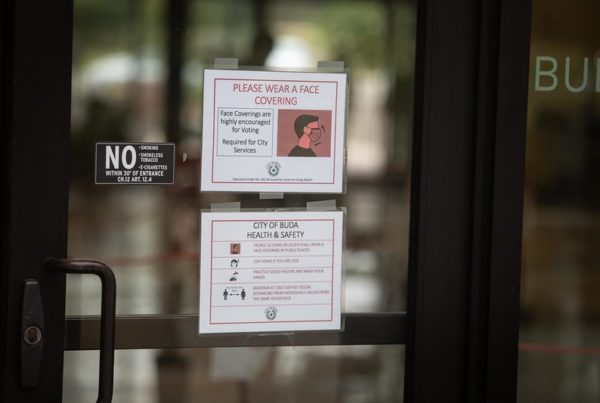Horror fans call it a classic. Others point to its influence in the slasher genre of films. Forty-six years ago this month “The Texas Chainsaw Massacre” unleashed seismic reactions in moviegoers that still resonate today, as do its connections to Texas.
Lars Nilsen of the Austin Film Society told Texas Standard that “The Texas Chainsaw Massacre” isn’t actually as bloody as people imagine, but it is a frightening film.
“Maybe the blood that people most remember is one guy cutting his own hand – cutting his own finger,” Nilsen said.
Though the story is fictional, it’s “based on true events” tagline probably made it seem even scarier than it otherwise would have.
“The Texas Chainsaw Massacre” is closely connected with the time and place where it was made – Austin in the 1970s. Then, even moreso than today, the capital city was an island of liberal politics in a conservative state. But the movie connects it to cattle-raising and butchery – quintessential occupations in rural Texas. Venturing outside Austin, the people in the movie encounter something very different than the cosmopolitan environment they’re used to.
“When we do look outside Austin – [at] a lot of these sort of surrounding communities around the Chisholm Trail, let’s say – these are cattle communities,” Nilsen said.
Filmmakers have remade “The Texas Chainsaw Massacre,” and its original director, Tobe Hooper, made a sequel. Nilsen says those efforts haven’t matched the original, though he said Hooper’s sequel is “a howl. It’s a horror comedy, and it’s a blast.”
Despite its emphasis on scares, Nilsen believes the original “Texas Chainsaw Massacre” is an art film.
“Let’s remember that he came from this context of Austin, where he was able to go to the cinema and watch [Michelangelo] Antonioni films, and [Federico] Fellini films and [Ingmar] Bergman films,” Nilsen said.
Nilsen says most of Hooper’s cast and crew hated him by the end of the film because he drove them hard to produce the film he wanted to make.


